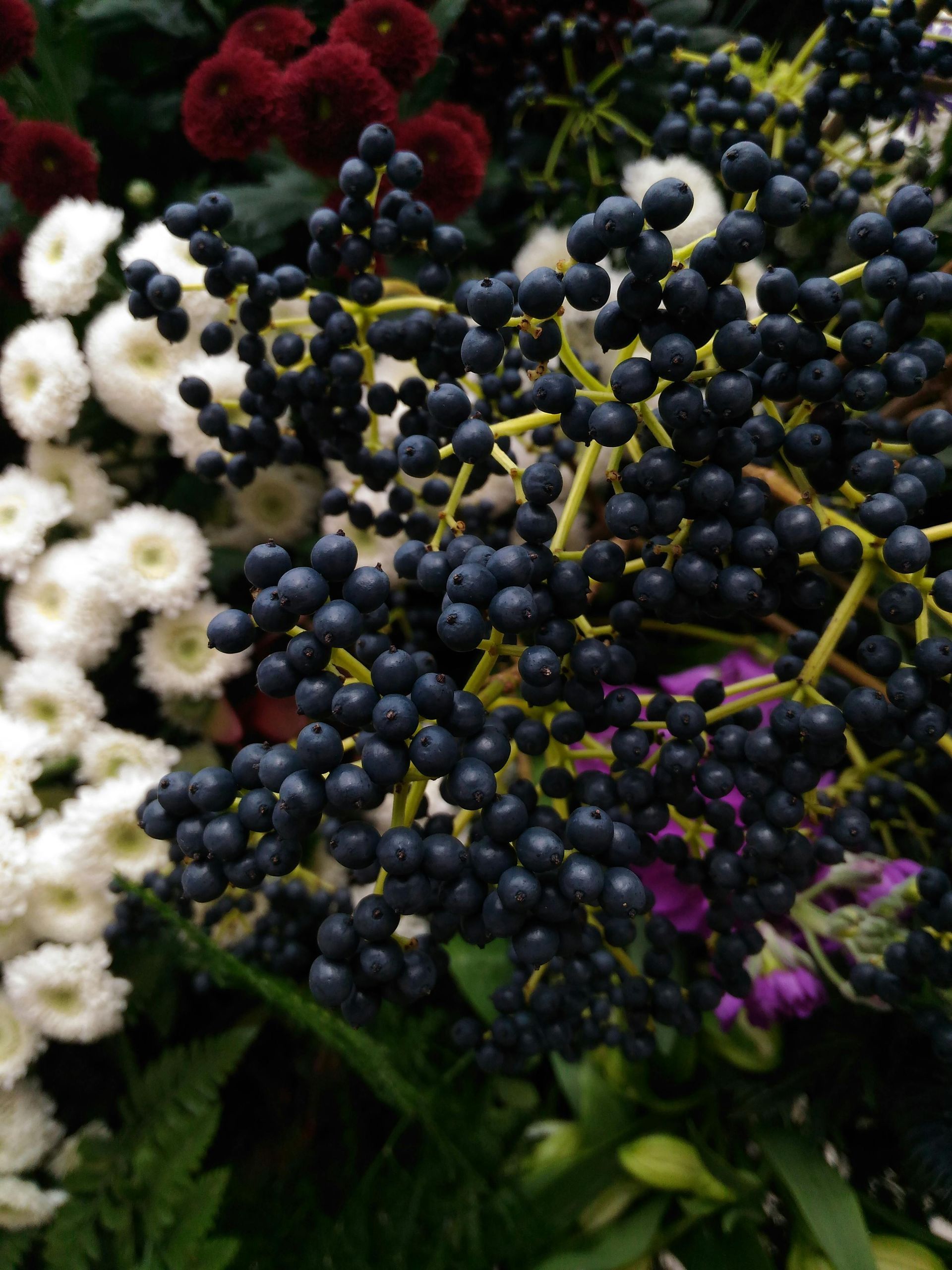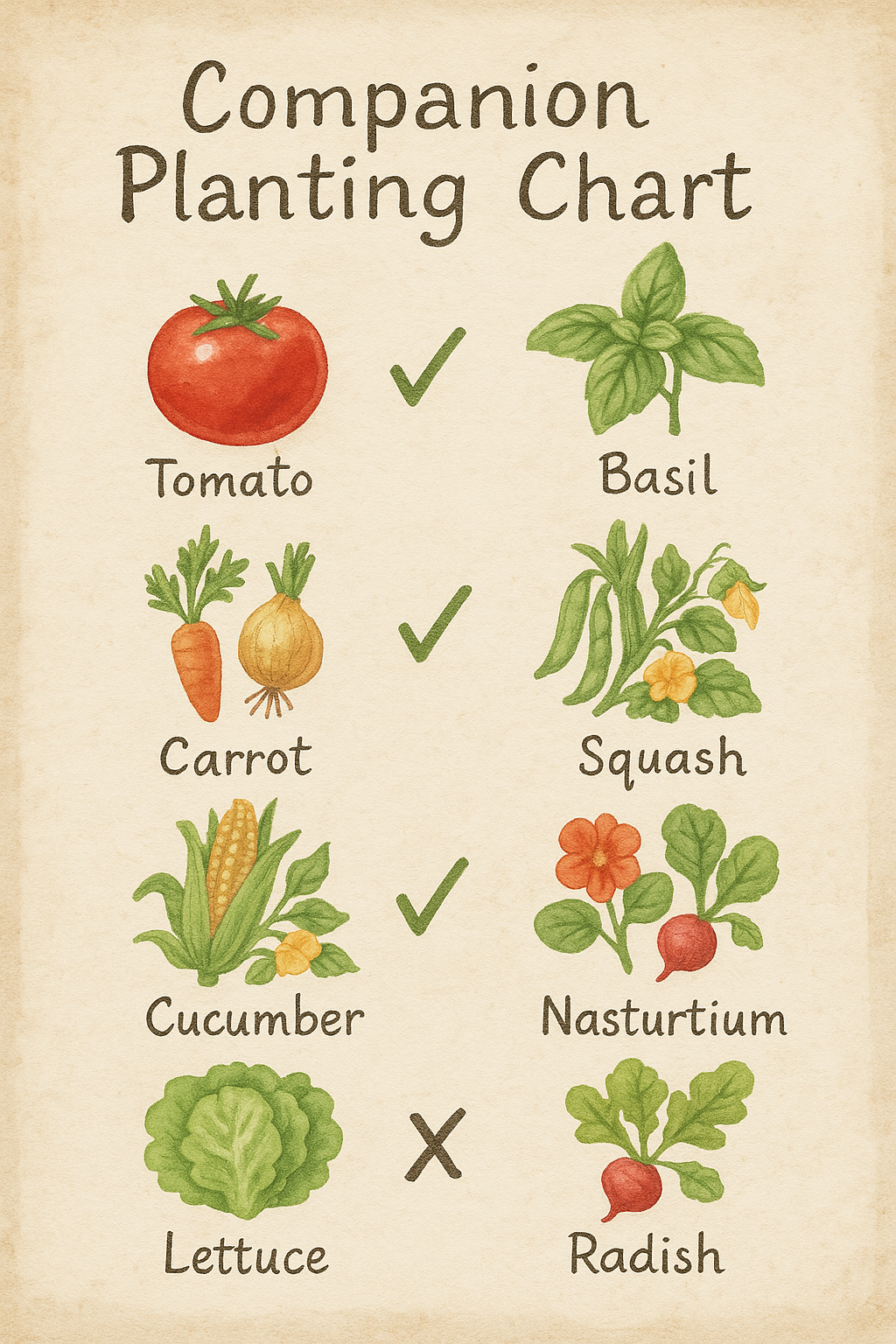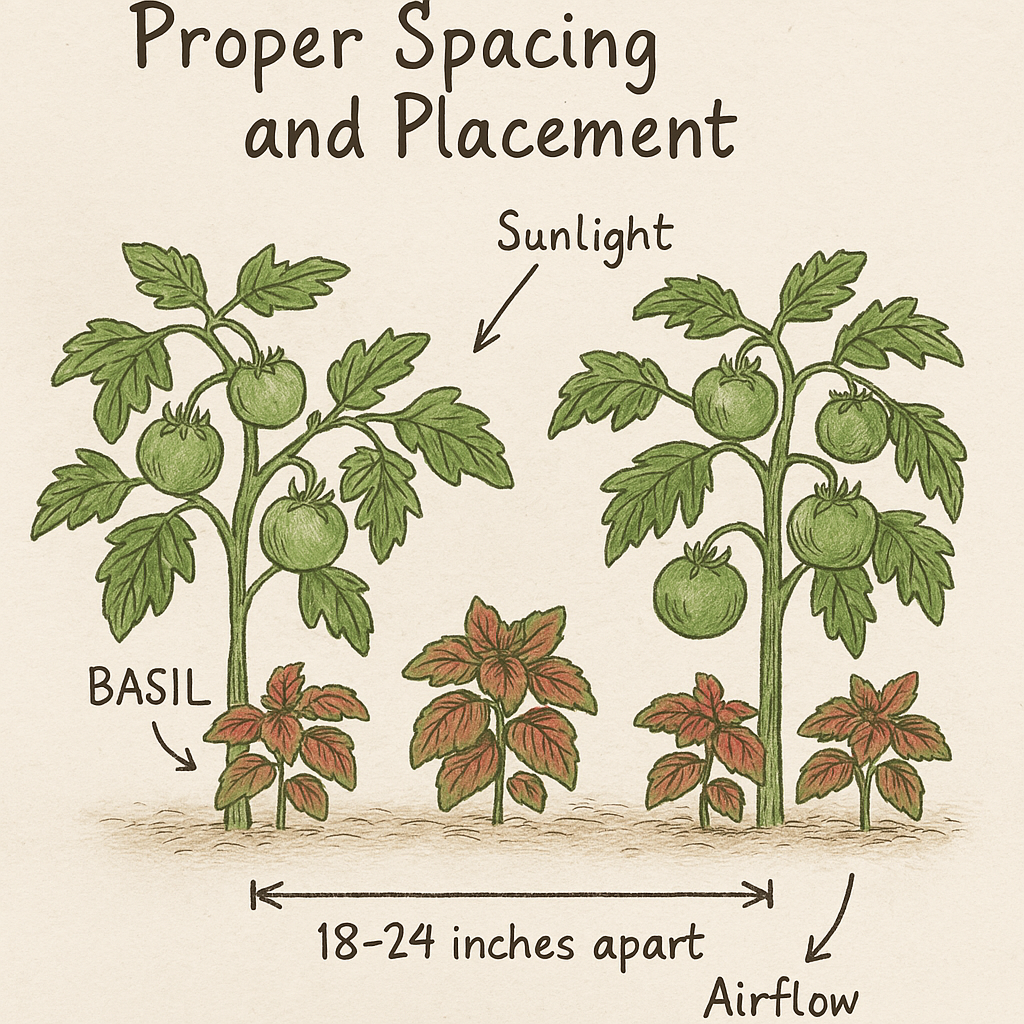

The Beautiful Simplicity of Companion Planting

There’s something magical about a garden that thrives on friendship. Just like people, plants have their besties too—and when you pair the right ones together, they look out for one another, support each other’s growth, and even help keep the bullies (aka pests) away. This old-fashioned, yet ever-so-brilliant gardening method is called *companion planting*, and it’s a practice that speaks straight to my heart.
What is Companion Planting?
Companion planting is the art of growing certain plants together so they benefit one another. Some pairings improve flavor, others boost growth, and some even repel unwanted pests. It’s like building a little neighborhood in your garden—each plant with its own role, strengths, and ways to help out the others.
It’s not just about the buddies you plant side by side, either. It’s also about timing, spacing, and understanding each plant's personality. Some are social butterflies, thriving alongside many others. Some, like fennel, prefer their own space.
Whether you're working with a sprawling garden plot or a few raised beds (or even containers!), companion planting is a simple, natural way to make the most of what you’ve got.
Some Tried-and-True Plant Pals
Here are a few favorite combos I’ve grown to love (and that have loved each other right back):
- Tomatoes + Basil: Not only do they taste like they belong together, but basil actually helps repel tomato hornworms and can enhance the tomato’s flavor.
- Carrots + Onions: Carrots send roots deep, while onions grow closer to the surface. They don’t fight for space, and onions help deter carrot flies.
- Corn + Beans + Squash (The Three Sisters): This ancient trio works beautifully—corn provides support for the beans to climb, beans fix nitrogen in the soil, and squash acts as a living mulch to keep weeds down and moisture in.
- Cucumbers + Nasturtiums: Nasturtiums draw aphids away and attract pollinators, making them the unsung heroes of the veggie patch.
- Lettuce + Radishes: Radishes grow fast and help loosen the soil, while leafy lettuce shades the ground to keep roots cool and moist.
A Quick Garden Tale: When Friends Get
Too Close
Last year, I planted basil with my tomatoes—just like all the companion planting guides suggest. I tucked a happy little basil plant between each tomato, thinking I was setting them up for success.
And at first, I
was! The basil thrived—lush, green, and full of life. But I made one rookie mistake… I planted my tomatoes *way* too close together. As they grew (and grew... and
grew), they completely shaded out my beautiful basil. My once-bushy companions got choked out by the towering tomato jungle.
Lesson learned? Companion planting is a beautiful thing—but placement and spacing matter
just as much as the pairing. Give each plant enough room to stretch, soak in the sun, and thrive on its own terms. Even the best of garden friends need a little breathing space. 🌞
Plants That Prefer Space
Just like us, some plants do better when they have their own corner of the world. Avoid pairing:
- Onions and beans – they can stunt each other’s growth.
- Fennel – a bit of a garden loner, fennel tends to inhibit the growth of most other plants.
- Potatoes and tomatoes – both are susceptible to blight and pests, and they’ll compete fiercely for nutrients.
A good rule of thumb? Group plants with similar needs (sun, water, spacing) and opposite strengths (like one deep-rooted and one shallow-rooted). This creates harmony above and below the soil.
Common Benefits of Companion Planting
Let’s break it down a bit more. Why does companion planting
really work?
- Pest control: Some plants give off scents or chemicals that deter unwanted insects.
- Pollination: Flowers like marigolds, nasturtiums, and borage attract pollinators to increase yields.
- Nutrient sharing: Plants like legumes add nitrogen to the soil, which benefits heavy feeders like corn.
- Weed suppression: Ground-huggers like squash and lettuce create shade that keeps weeds down.
- Support and shelter: Tall plants can provide shade or structure for smaller, more delicate companions.
Let Your Garden Be a Place of Friendship
This season, take a few minutes to plan your garden with companionship in mind. It doesn’t have to be perfect (goodness knows mine isn’t!), but with a little thought and a lot of love, your garden can become a thriving, connected space where everything—and everyone—has a place to belong.
Add in a little whimsy, some thoughtful spacing, and maybe a hand-drawn guide for inspiration, and you're well on your way to the most magical garden yet.
So grab your seed packets, sketch out your garden beds, and plant with intention. Let your veggies and herbs be friends, just like we are.
🌿 "Plant seeds of kindness, water them with love, and watch your life grow beautifully simple."
More Dawn's Simple Life inspirations
